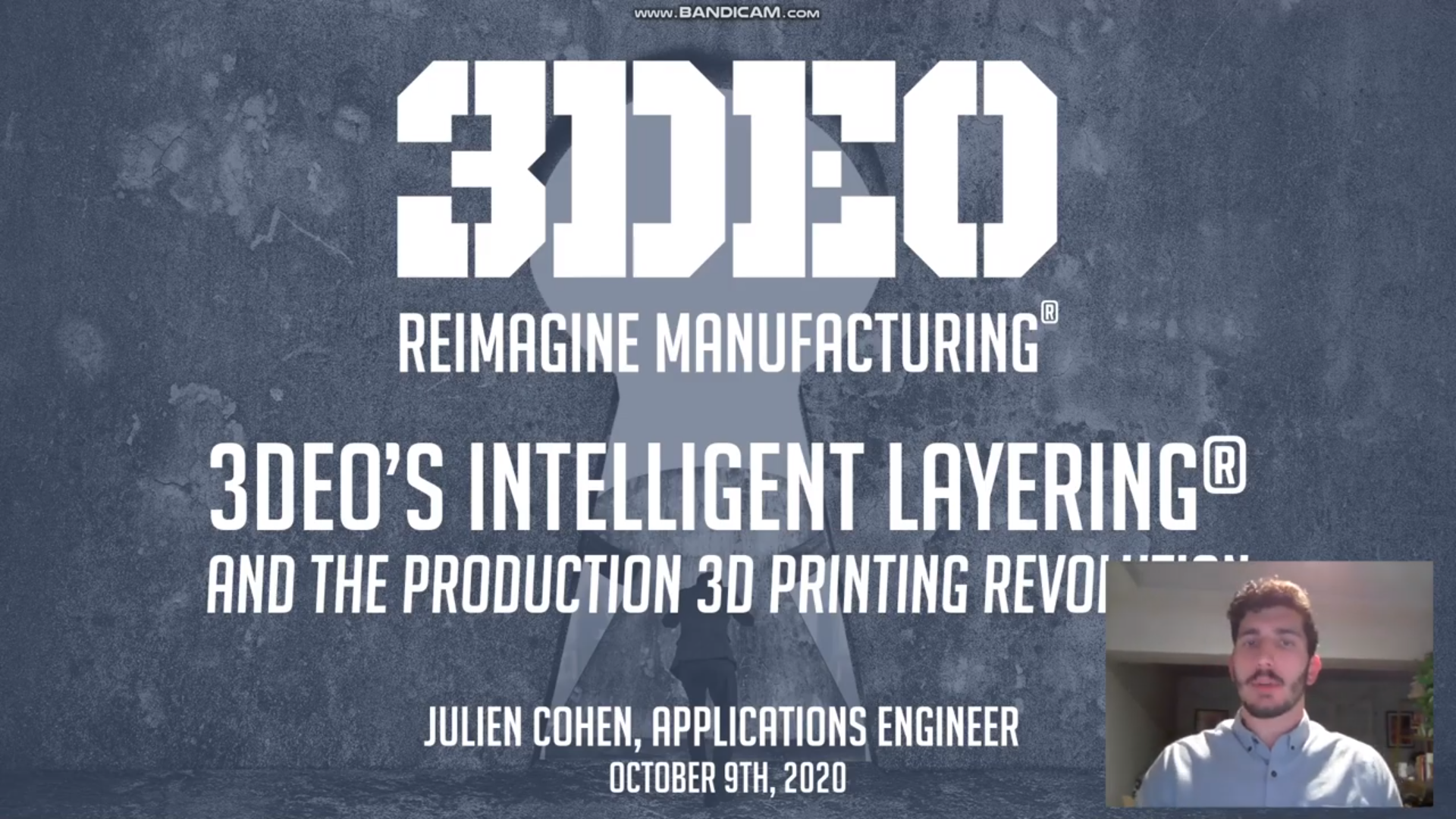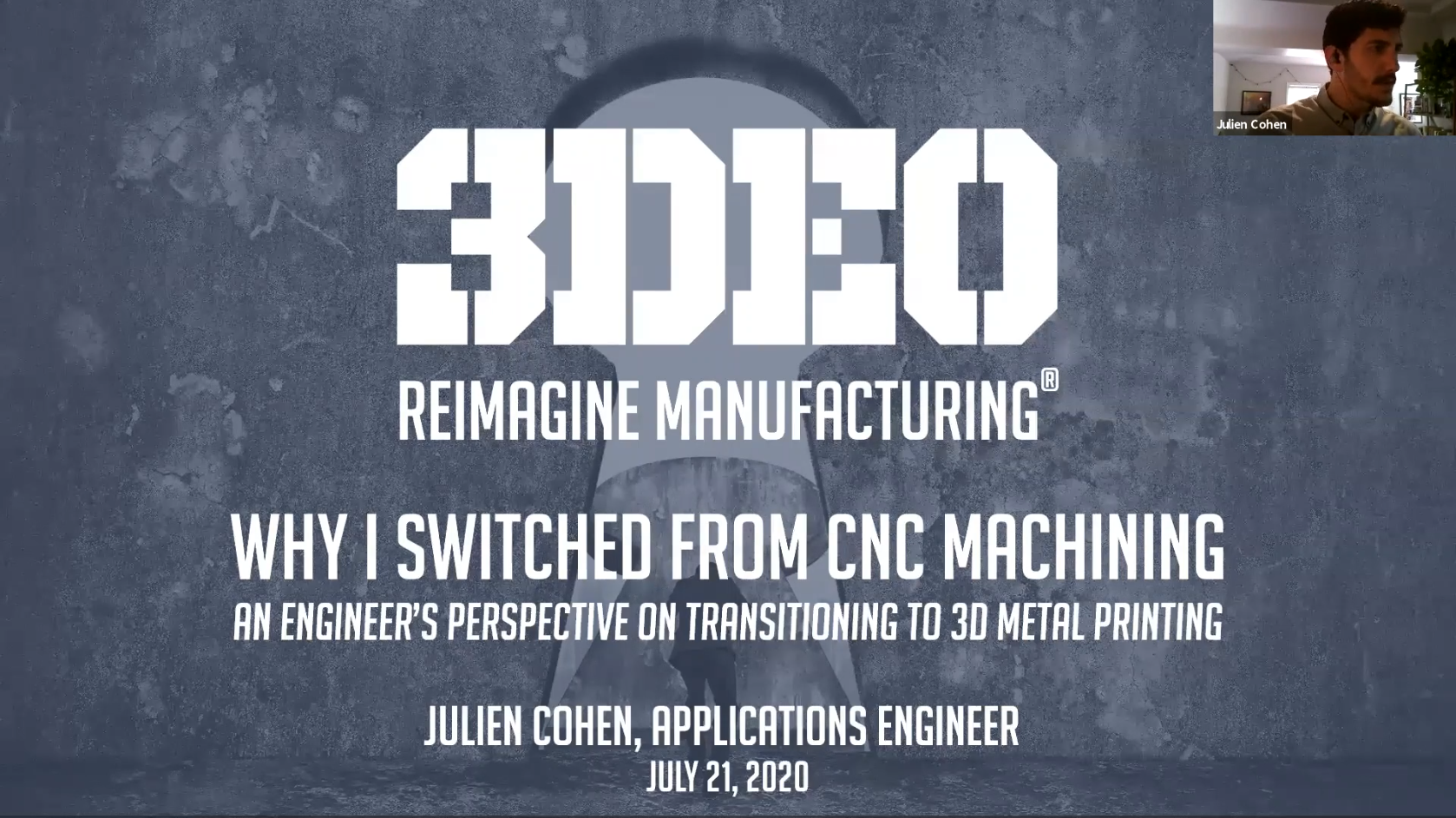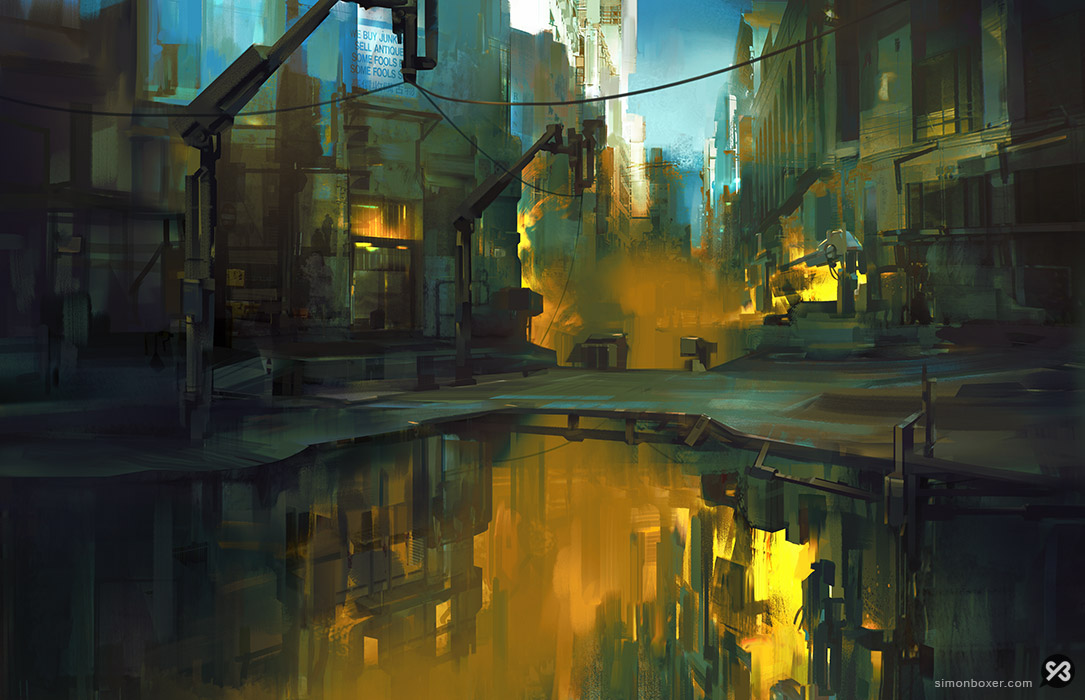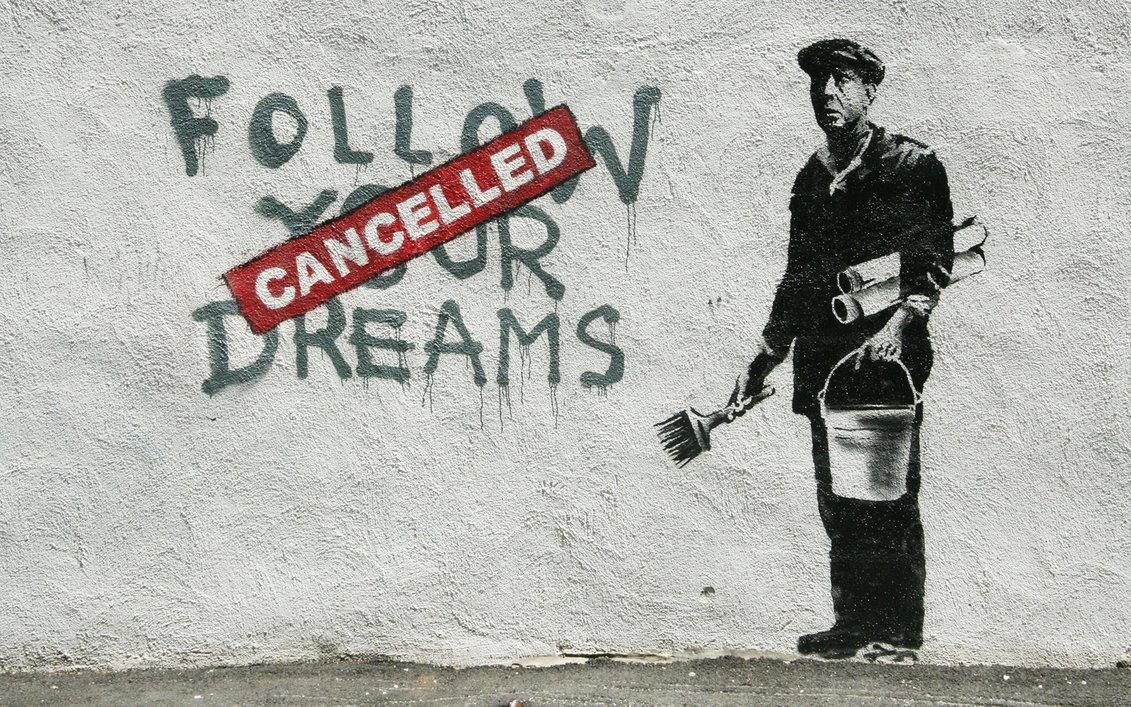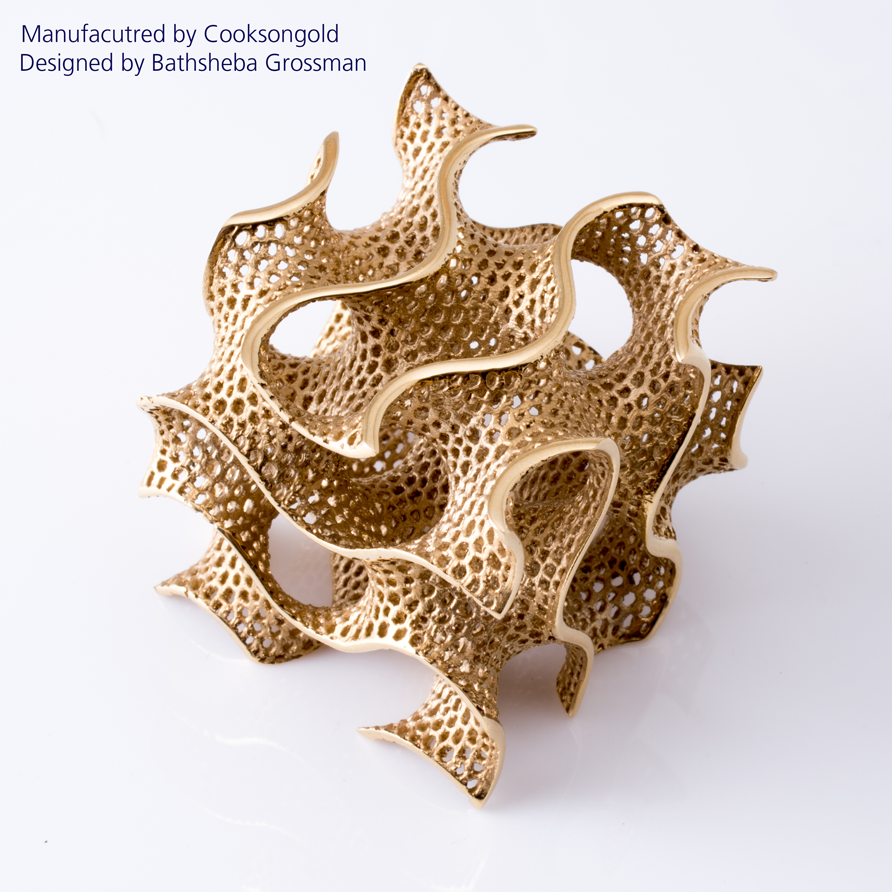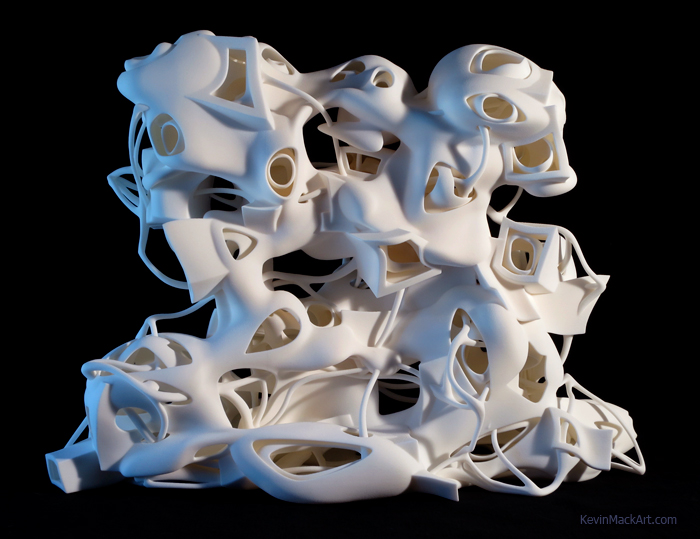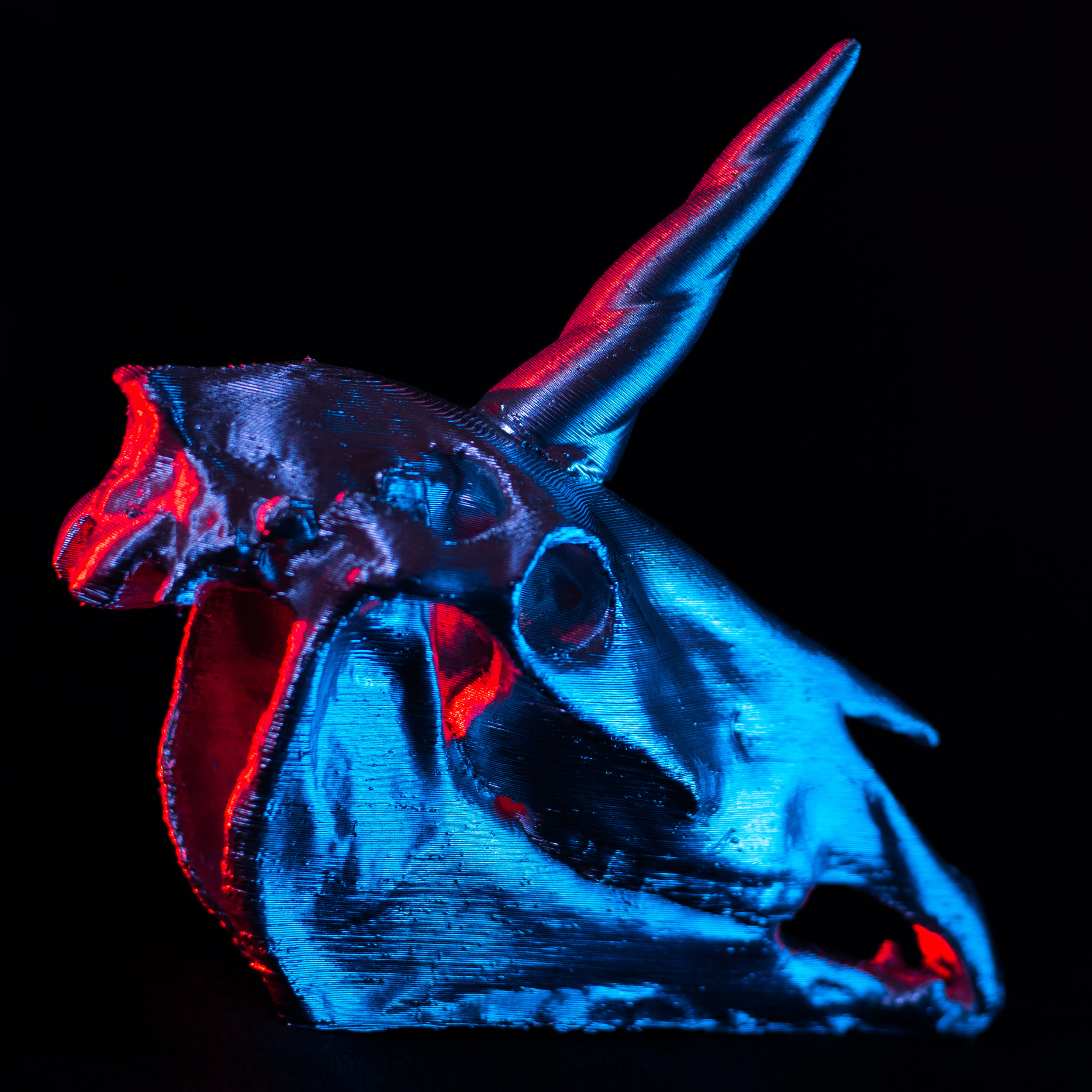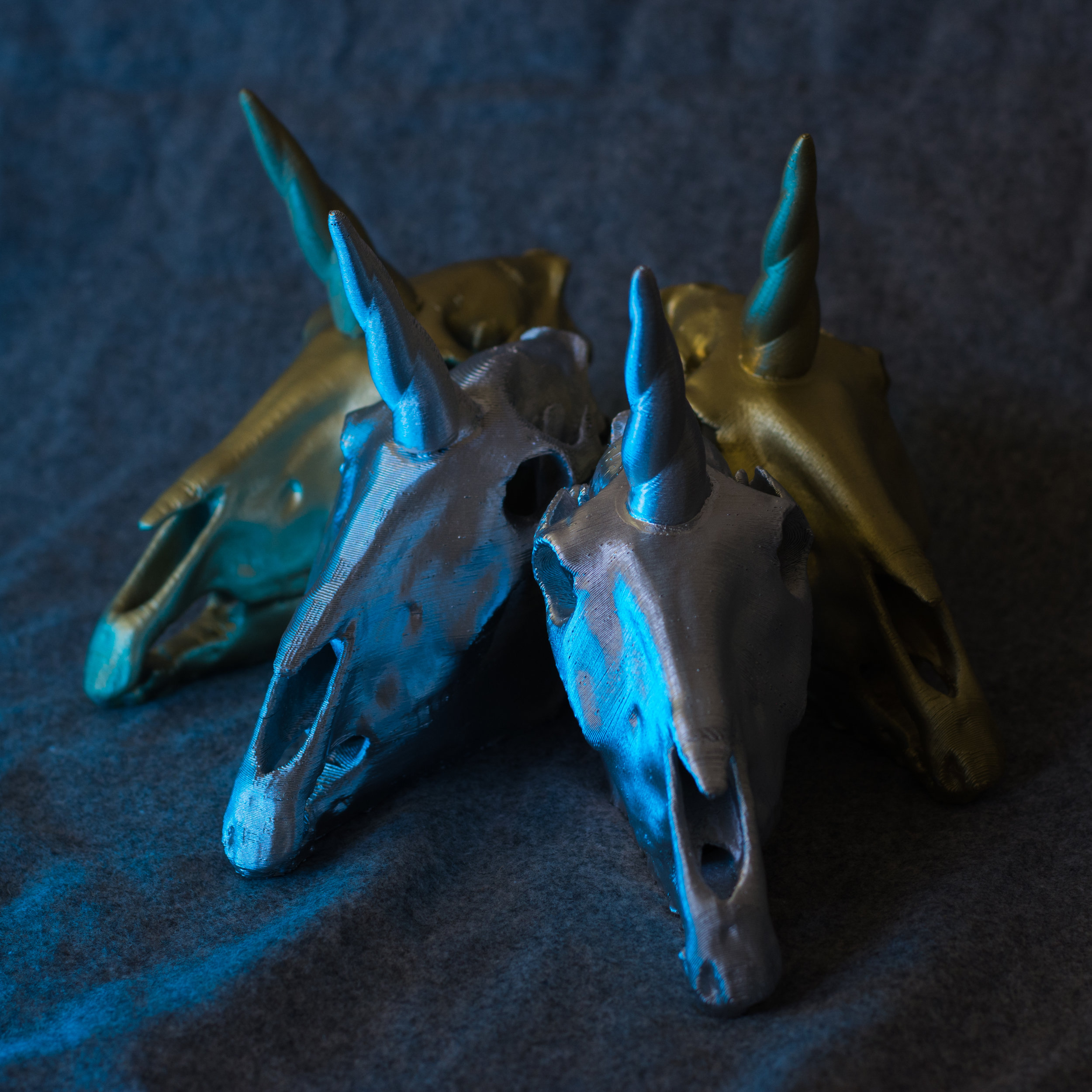Background
This document is purely informational. At the time of writing there are over 1000 cryptocurrencies (“cryptos”) in a highly volatile, high risk
market. Many of the smaller “altcoins” require significant technical
knowledge to store and transact safely. I advise you to carefully
scrutinize each crypto’s flavor of blockchain, potential utility, team of
developers, and guiding philosophy, before making any investment decisions.
With that out of the way, what follows are brief, extremely high-level
summaries of some cryptos which have my interest, listed in current market
cap order. But first, some info:
Each crypto is a different implementation of a blockchain network.
Originally developed as decentralized digital cash, these technologies have
evolved into much broader platforms, powering the future of decentralized
applications across every industry in the global economy. Without getting
into the weeds, most cryptos work on similar principles:
Distributed Ledgers Each node on a blockchain network has a copy of every
transaction, which enables a network of trust that eliminates fraud.
Decentralized “Miners” comprise the infrastructure of a blockchain network.
They are monetarily incentivized to add computing power to the network,
simultaneously securing and processing each transaction.
Peer-to-peer Cryptos act like digital cash-- they require no third party to
transact and are relatively untraceable. Unlike cash, you can back them up.
Global Transactions are processed cheaply and instantly, anywhere on Earth.
Using cryptos, an African peasant and a San Francisco engineer have the
same access to capital, markets, and network services.
Secure Blockchains are predicated on the same cryptographic technology that
secures your sensitive data and government secrets. They have passed seven
years of real-world penetration testing with no failures.
Bitcoin (BTC)
The first cryptocurrency. As with first movers in any technology, there are
associated pros and cons. Bitcoin has by far the strongest brand
recognition and deepest market penetration, and it is the only crypto which
can be used directly as a currency
at over 100,000 physical and web stores
around the world. In Venezuela and Zimbabwe, where geopolitical events have
created hyperinflation in the centralized fiat currency,
citizens have moved to Bitcoin
as a de facto transaction standard.
However, Bitcoin unveiled a number of issues that have been solved by
subsequent cryptos. It is experiencing significant scaling issues,
resulting in high fees and long confirmation times. The argument over
potential solutions created a rift in the Bitcoin developer community,
who “forked” the network
into two separate blockchains amidst drama and politicking in October 2017.
Potential solutions to these issues abound, with some
already in place
, and others
nearing deployment
.
Bitcoin currently has the highest market cap, and since it is easy to buy
with fiat currency, the price of many smaller cryptos (“altcoins”) are
loosely pegged to its price. This will change in the coming year(s).
Ethereum (ETH)
Where Bitcoin is a currency, Ethereum is a platform, designed as a
foundational protocol on which to develop decentralized applications
(“Dapps”). Anyone can write code and deploy their program on the global
network for extremely low fees. Just like Twitter wouldn’t exist without
the open platform of the internet, the next world-changing Dapp can’t exist
without Ethereum.
Current
Dapps
include a global market for idle computing power and storage, peer-to-peer
real estate transactions (no trusted third party for escrow), identity
networks for governments and corporations (think digital Social Security
card), and monetization strategies for the internet which replace
advertising. Think back 10 years to the advent of smartphones, and then to
our culture today-- Ethereum could have a similar network effect on
humanity.
Ethereum is currently the #2 market cap crypto below Bitcoin, and many
believe it will surpass it in 2018. It has a large, active group of
developers working to solve scaling issues, maintain security, and create
entirely new programming conventions. If successful, platforms like
Ethereum may well be the foundation of the
decentralized internet of the future
.
Ripple (XRP)
Ripple is significantly more centralized than most crypto networks,
designed as a backbone for the global banking and financial technology
(“fintech”) industries. It is a network for exchanging between fiat
currencies and other asset classes instantly and cheaply, especially when
transacting cross-border and between separate institutions. It uses large
banks and remittance companies as “anchors” to allow trading between any
asset on the network, and big names like Bank of America, American Express,
RBC, and UBS are partners. The utility of this network is global and
massive in scale.
It is extremely important to note that not all cryptos have the same number
of tokens. Ripple has 100 Billion tokens compared to Bitcoin’s 21 Million.
Do not directly compare price between cryptos. XRP will likely never reach
$1k, but the price will rise commensurate with its utility as a
financial tool.
In some sense, Ripple is anathema to the original philosophical vision of
this technology space. And while I agree with the cyberpunk notion of
decentralized currencies, separation of money and state, this is the
natural progression of the crypto world. The internet was an incredible
decentralized wild west of Usenet groups and listservs before
Eternal September
and the dot-com boom, but its maturation affected every part of global
society..
Cardano (ADA)
Cardano’s main claim to fame: it is the only crypto developed using
academic methodologies by a global collective of engineers and researchers,
built on a foundation of industry-leading, peer-reviewed cryptographic
research. The network was designed from first-principles to allow
scalability, system upgrades, and to
balance the privacy of its users with the security needs of regulators
.
One part of this ecosystem is the Cardano Foundation, a Swiss non-profit
founded to work proactively with governments and regulatory bodies to
institute legal frameworks around the crypto industry. Detractors of
Cardano claim that it doesn’t do anything innovative, but supporters see
the academic backing and focus on regulation development as uniquely
valuable.
Stellar Lumens (XLM)
Stellar Lumens and Ripple were founded by the same person. They initially
shared the same code, but today the two are distinct in their technical
back-end as well as their guiding philosophy and development goals. Ripple
is closed-source, for-profit, deflationary, and intended for use by large
financial institutions. Stellar is
open-source, non-profit, inflationary
, and intended to promote international wealth distribution. As such, they
are not direct competitors.
IBM is a major partner
to Stellar. Their network is already processing live transactions in 12
currency corridors across the South Pacific, with plans to process
60% of all cross-border payments
in the South Pacific’s retail foreign exchange corridor by Q2 2018.
Beyond its utility as a financial tool, the Stellar network may become a
competitor to Ethereum as a platform for application development and
Initial Coin Offerings (“ICOs”). The theoretical maximum throughput for the
network is higher, and it takes less computational power to run. The
Stellar development team is highly active, has written extensive
documentation for third-party developers, and has an impressive list of
advisors, including Patrick Collison (Stripe), Sam Altman (Y Combinator),
and other giants in the software development community.
Iota (IOT)
Iota was developed as the infrastructure backbone for the Internet of
Things (IoT), sometimes called the machine economy. As the world of
inanimate objects is networked together, their need to communicate grows
exponentially. Fridges, thermostats, self-driving cars, printers, planes,
and industrial sensors all need a secure protocol with which to transact
information.
Iota uses a “Tangle” instead of a traditional blockchain, and this is the
main innovation driving the crypto’s value. Each device that sends a
transaction confirms two other transactions in the Tanlge. This removes the
need for miners, and enables unique features like zero fees and infinite
scalability. The supply of tokens is fixed forever at 2.8 * 1015, a
staggeringly large number (almost three thousand trillion), and the price
you see reported is technically “MIOT”, or the price for a million tokens.
Monero (XMR)
The most successful privacy-focused cryptocurrency. In Bitcoin and most
other cryptos, anyone can examine the public ledger and trace specific
coins through the network. If your identity can be attached to a public
address on that network, an accurate picture of your transaction history
can be built-- who, what, and when. Monero builds anonymity into the system
using strong cryptographic principles, which makes it functionally
impossible to trace coins, attach names to wallets, or extract metadata
from transactions. The development team actively publishes in the
cryptography research community.
Anonymous transactions are not new-- we call it cash. Only in the past two
decades has anonymity grown scarce in the first-world with the rise of
credit cards and ubiquitous digital records. Personal data is becoming the
most valuable resource on Earth, and there are
many legitimate reasons
for law-abiding citizens to want digital privacy, but it is true that with
anonymity comes bad actors-- Monero is the
currency of choice
for the majority of black market (“darknet”) transactions. Similarly, US
Dollars are the main vehicle for the $320B annual drug trade. An investment
here should be based on the underlying cryptographic research and
technology behind this coin, as well as competitors like Zcash.
RaiBlocks (XRB)
Zero fees and instantaneous transfer make RaiBlocks extremely attractive
for exchange of value, in many senses outperforming Bitcoin at its original
intended purpose. This crypto has seen an explosion in price and exposure
over the past month, and it may become the network of choice for
transferring value within and between crypto exchanges.
Just in the first week of 2018: the CEO of Ledger (makers of the most
popular hardware wallet on the market)
waived the $50k code review fee
to get RaiBlocks on his product, and
XRB got listed on Binance
and Kucoin, two of the largest altcoin exchanges globally. This is one to
watch for 2018.
VeChain (VEN)
Developed as a single answer to the problem of supply-chain logistics,
VeChain is knocking on the door of a fast-growing $8 trillion industry. Every shipping container and packaged product in the world requires constant tracking and verification. A smart economy for logistics built on the blockchain promises greater efficiency and lower cost through the entire process flow.
Don’t take my word for it-- VeChain has investment from
PwC
(5th largest US corporation), Groupe Renault,
Kuehne & Nagel
(world’s largest freight company), and
DIG
(China’s largest wine importer). The Chinese government has mandated
VeChain to serve as blockchain technology partner to the city of Gui’an, a
special economic zone and testbed for
China’s smart city of the future
. This crypto has some of the strongest commercial partnerships in the
industry, and a large active development team.
